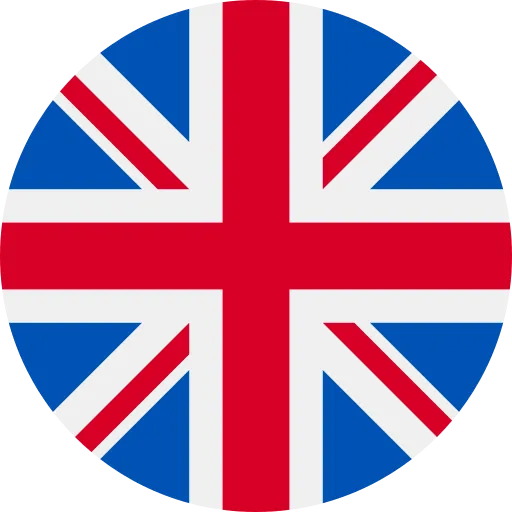Due for publication on 10 September 2024, Beyond Vanity is the latest work by art historian Elizabeth L. Block – the award-winning author of Dressing Up. It is a riveting and diverse history of women’s hair, while re-establishing the cultural power of hairdressing in 19th Century America.

In her latest book, Beyond Vanity, Elizabeth L. Block expands the nascent field of hair studies by restoring women’s hair as a cultural site of meaning in the early United States. With a special focus on places and spaces, Elizabeth argues that the importance of hair has been overlooked due to its ephemerality as well as its misguided association with frivolity and triviality. As she clarifies, hairdressing was anything but frivolous.



Using methods of visual and material culture studies informed by concepts of cultural geography, Elizabeth identifies multiple substantive categories of place and space within which hair had pronounced impact. These include the preparatory places of the bedroom, hair salon, and enslaved peoples’ quarters, as well as the presentation spaces of parties, fairs, stages, and workplaces. Here are also the untold stories of business owners, many of whom were women of colour, and the creators of trendsetting styles such as the pompadour and Gibson Girl bouffant. Elizabeth’s groundbreaking study examines how race and racism affected who participated in the presentation and business of hair, and according to which standards. The result of looking closely at the places and spaces of hair is a reconfiguration that allows a new understanding of its immense cultural power.



Some fun talking points about 19th Century hairdressing:
- Hate split ends? Women in the 19th Century would use a candle to singe their split ends – sometimes with disastrous consequences (especially when you consider that they sometimes used Kerosene in hair care products)!
- Can you imagine wearing a taxidermied kitten headdress to a costume party? Kate Fearing Strong did just that!
- What about a hat with dead birds as the main decorative feature? In about 1890, Designer Mademoiselle Louise of Brooklyn created a topper with no fewer than five actual sharp-beaked birds perched in a “nest” of millinery fiber and surrounded by real bird feathers.
- Men’s pomades to style hair in the early 19th Century might derive from bear’s grease, as well as with a generous squeeze of apple juice in an attempt to mask the terrible smell!
- Hair gel or beef stew? In the late 19th Century, pomades to style hair could have been a combination of lard, beef or mutton fat, wax, and oil (castor, coconut, or olive). Yum!
- In the late 19th Century, hairpieces were so popular that when human hair supplies ran low, raw materials like hemp, jute, or flax might be substituted.
- Furthermore, In the late 19th Century, plant-based hair dyes were often supplemented with lead or sulphuric acid. What could possibly go wrong?
Elizabeth L. Block is an art historian, Senior Editor in the Publications and Editorial Department at the Metropolitan Museum of Art in New York, as well as the author of Dressing Up: The Women Who Influenced French Fashion (MIT Press).








